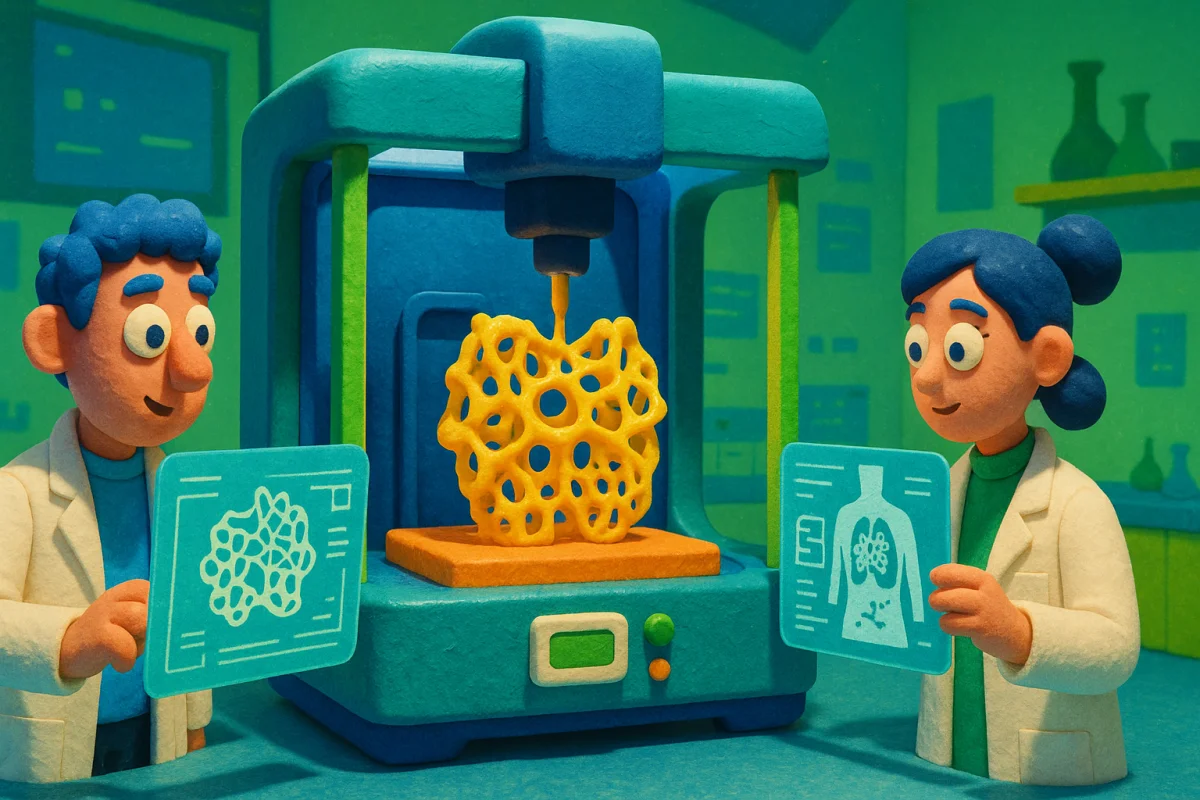Bioprinting and 3D-Printed Organs — New Frontiers in Medical Science
Could human organs be “printed” in a lab to save lives by 2030? Bioprinting and 3D organ printing are rapidly moving from science fiction to scientific reality, transforming the landscape of transplantation and regenerative medicine. Why are leading labs worldwide now printing organs, and what challenges are scientists still facing? Discover how this technology could become a lifeline for millions of patients in the near future.

How Bioprinting and 3D Organ Printing Work
Bioprinting uses specialized 3D printers to layer biomaterials—composed of cells, proteins, and gels—to create tissues and organs. According to MIT research, in 2024, functional liver fragments were printed for the first time that could survive more than 30 days in the human body. In the US and Europe, several clinics are now conducting pilot surgeries with bioprinted tissues designed for transplantation.
Real-World Experiments and Global Milestones
By 2025, Turkey’s Izmir Bioprinting Lab performed the first human liver organoid transplant in a pig, successfully saving a patient’s life. In the US, Wake Forest’s lab is experimenting with the printing of artificial kidneys, lungs, and hearts. Nature Medicine reports the first clinical trials to test the safety of 3D-printed tissues are now underway.
Challenges and Ethical Dilemmas
This technology is still at an early stage—major obstacles remain, especially in perfecting vascular tissue and scaling up production. The World Health Organization urges tighter regulation to ensure human organ printing and use are safe and ethical. Many countries are developing new legislation and increasing international cooperation on bioprinting standards.
Conclusion
Bioprinting could become a main life-saving technology by 2030. Science is pushing beyond imagination: soon, doctors will not just treat but also design new possibilities for patients’ survival and quality of life.
📌 Do you think the world is ready for a bioprinting revolution? Leave your thoughts in the comments and join the discussion!
✍ Thornike • June 29, 2025
✍ Article Author
- Registered: 27 April 2025, 10:30
- Location: Georgia




 Tornike
Tornike